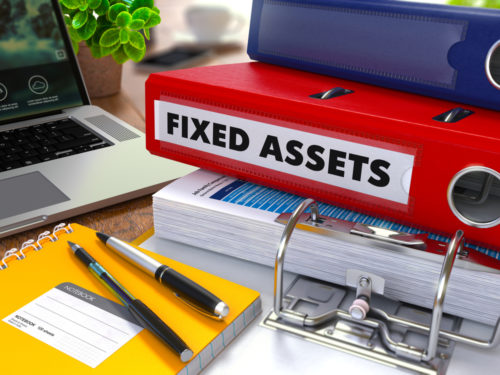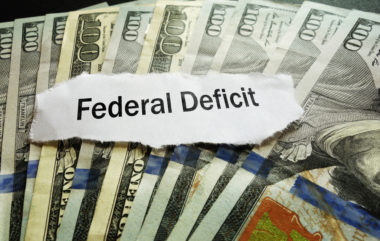For businesses and individuals, there are a variety of assets you can own that make up a portfolio. These assets are used in determining your net worth. As such, it becomes important to understand what makes each asset different from the others.
While there are similarities between current assets, liquid assets, and fixed assets, there are also many differences between them, including how easily each is converted into cash.
Gain a better understanding of what fixed assets are and the characteristics that make an asset fixed. Below, you’ll find a few examples of fixed assets compared to other types of assets, as well as an explanation of what fixed assets mean for your business.
Table of Contents
What Are Fixed Assets?
Also referred to as non-current assets or tangible assets, fixed assets are those that a company owns and records on a balance sheet. Fixed assets are found on balance sheets under the property, plant, and equipment (PP&E) portion.
Fixed Asset Characteristics
There are many differentiating characteristics that are useful in determining the difference between fixed assets and other types of assets a business might have. The characteristics of fixed assets include:
- Fixed assets have a useful life of more than one year. These non-current assets can benefit a business for many years and often appear on the balance sheet as property, plant, or equipment.
- Fixed assets can depreciate. Because they are tangible and used regularly, fixed assets can depreciate in value over time. Land is the only fixed asset that this does not always apply to.
- Fixed assets are illiquid. Because they are physical, fixed assets are not liquid or easily turned into cash.
- Fixed assets provide a business with long-term financial gain. Because they’re used by companies to produce goods or provide services, fixed assets can generate revenue and benefit a business for many years.
Fixed Asset Examples
Many things a business uses to operate regularly are considered fixed assets. These include:
- Equipment.
- Machinery.
- Vehicles.
- Computer equipment.
- Technology.
- Buildings.
- Office furniture.
- Facilities.
- Tools.
- Land.
While land is a fixed asset, it does not typically depreciate over time unless it contains natural resources.
Importance of Fixed Assets
Fixed assets are important to businesses in a variety of ways. Perhaps the greatest benefit of fixed assets is revenue. In order to produce goods or provide services, a business needs certain tools, equipment, and facilities. In other words, these fixed assets are what allows a business to operate and ultimately, turn a profit.
Additionally, fixed assets are important in determining the success of a business. When fixed assets are assessed, they can provide valuable insight on areas that the business needs to update in order to perform more effectively. For example, knowing when a piece of machinery was purchased allows a company to understand when they might need to purchase a new one to keep up with customer demand.
Fixed assets are also important for assessing a business’s finances. When it comes to justifying the purchase of fixed assets, they are assessed to ensure that their purpose, value, and longevity are ultimately benefiting the business as a whole.
Fixed Assets vs. Other Types of Assets
Generally, assets are qualified based on how easily they are converted into cash. As mentioned, fixed assets are not easily turned into cash.
Liquid assets, on the other hand, are quickly and easily turned into cash. Examples of liquid assets include cash, stocks and bonds, and money market accounts. Liquid assets can also be anything that is easy for an entity to sell for funds. Current assets are similar to liquid assets, in that they can be converted into cash in a relatively short period of time.
Fixed Assets On a Balance Sheet
Fixed assets are tangible items that help a company generate revenue. As such, they need to be recorded on a balance sheet, which allows a business to assess their debt to asset ratio by comparing their assets and liabilities.
There are two columns on a balance sheet: one for assets (both current and fixed) and another for liabilities. Liquid assets are things like cash on hand and funds in checking and savings account. The liquid assets a business owns include larger items such as buildings, machines, and other types of fixtures that are used in daily operation.
These assets should be listed in the balance sheet depending on their value. Liquid assets’ value is straightforward, but the value of a fixed asset requires a bit of calculating. Depreciation needs to be factored in to determine how much value a fixed asset has lost. To estimate depreciation, determine when the asset will lose all value and then divide that by the total cost. For example, if a computer is only good for five years and it was purchased for $1,000, it will depreciate by $200 every year it is used.
Subtract the depreciation value from the purchase price of the fixed asset. This is the net value of your fixed assets and ultimately helps determine the net worth of your business.
Image Source: https://depositphotos.com/





